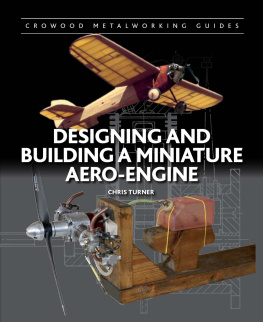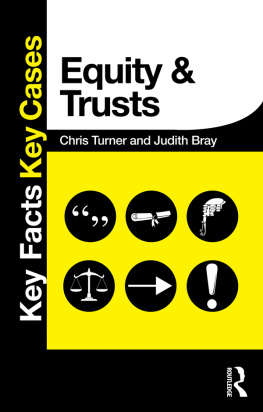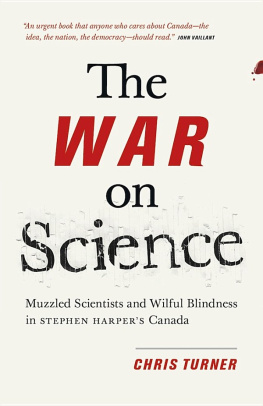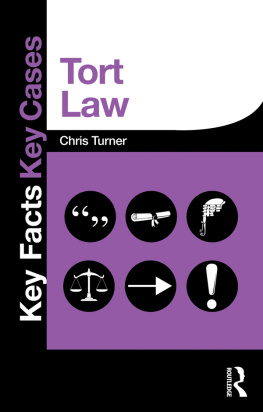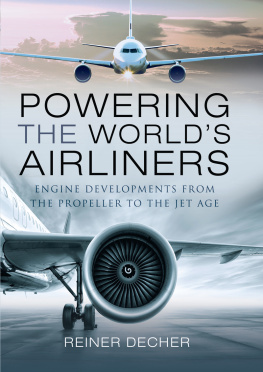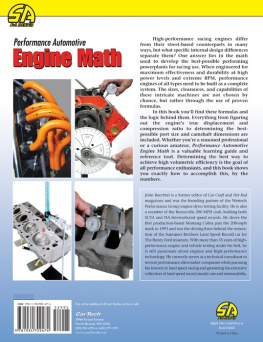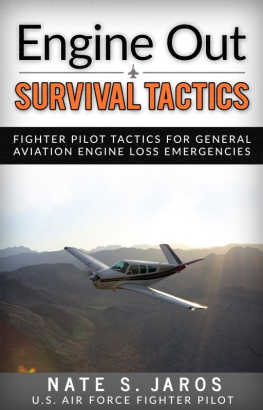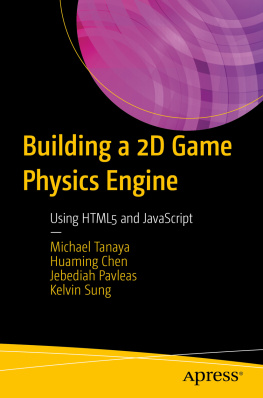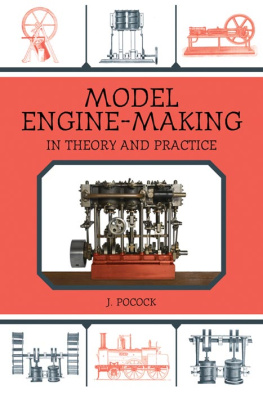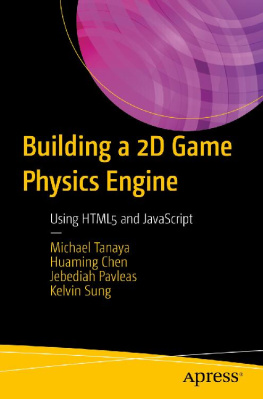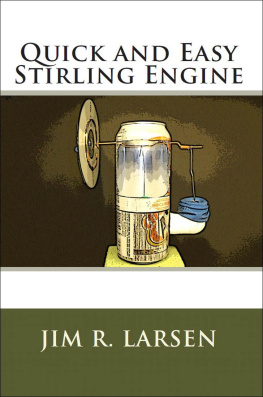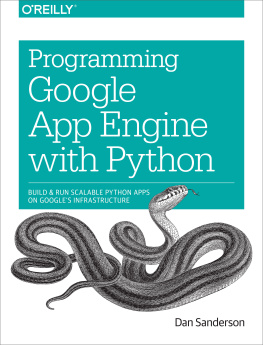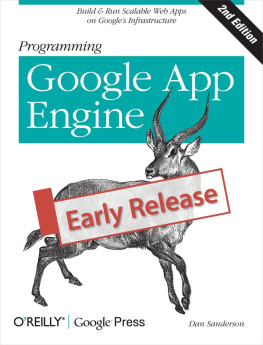
First published in 2014 by
The Crowood Press Ltd
Ramsbury, Marlborough
Wiltshire SN8 2HR
www.crowood.com
This e-book first published in 2014
The Crowood Press 2014
All rights reserved. No part of this publication may be reproduced or transmitted in any form or by any means, electronic or mechanical, including photocopy, recording, or any information storage and retrieval system, without permission in writing from the publishers.
British Library Cataloguing-in-Publication Data
A catalogue record for this book is available from the British Library.
ISBN 978 1 84797 777 9
Disclaimer
Safety is of the utmost importance in every aspect of the workshop. The practical procedures and the tools and equipment used in engineering workshops are potentially dangerous. Tools should be used in strict accordance with the manufacturers recommended procedures and current health and safety regulations. The author and publisher cannot accept responsibility for any accident or injury caused by following the advice given in this book.
Contents
Acknowledgements
I must express my thanks to the following people who gave me their help, support and encouragement in writing this book: my wife and family for their forbearance, in particular our daughters Louise and Alice for caring for their mum and allowing me time to do my thing, and our eldest son Paul for helping me at the computer when things were beyond my ken. Also our son-in-law Mark Alexander, who puts things right (over the phone) when my computer has a bug.
Thanks also to my friends in the modelling community who show polite interest in my engines, tolerate my many experiments, and listen to my nerdy discourses. I must thank the members of my home club, the White Horse Model Club, for their support, in particular the chairman Adrian Hiley who has always given helpful advice. Also Eifon Herbert for the wonderful flying shots of my 1923 Pander monoplane, and the White Horse Model Club for permission to use photographs taken at the flying site and subsequently used on the club website.
Very special thanks are due to Ian Melville for his painstaking work proof reading the manuscript, and reworking my somewhat pedestrian calculations into a more succinct version. Lastly, thanks are due to my modelling friends who offered their help and allowed their models to be photographed. Not all were included for reasons of room, context and other factors, but I know they will understand.
Introduction
A friend at the model aeroplane club where I fly my models once said to me: You are a very rare animal, Chris! I laughed, and asked him to explain. He then said: There are people who make and fly model aeroplanes, and there are people who design and make model engines, but there are not many who design and make model engines and fly them in their model aircraft!
It is with this thought in mind that I felt I could help those who may have had aspirations, but who wondered if this goal were too difficult to achieve. I believe that the important factors which govern its successful achievement are as follows:
an interest in miniature aero engines
practical workshop experience
the ability to think creatively
some engineering drawing experience (either working with or making drawings)
having access to basic workshop equipment
This last requirement may vary considerably, and in my own experience influences the design considerably. If the engine is to be constructed with modest means the practical design must be tailored to suit. This does not necessarily limit the design aspirations of the modeller, it only means that a larger dose of creativity is needed!
So what is meant by the term miniature aero engine? Some incredibly small model motors have been designed and constructed over the years, but the modern trend is for larger engines. Indeed, many motors used in the larger, modern radio-controlled model aircraft would happily power a motor cycle! My own engines range from a 0.55cu in (9cc) flat twin up to a 1.0cu in (16.5cc) flat twin, with several single-cylinder and twin engines in between.
My approach to engine design is to try to make a practical working motor that will fly a model aircraft. It should have the following features:
be reasonably easy to construct
be robust for frequent use on the flying field
be easy to start and operate, with minimum adjustment
sound and look good in a model aircraft
You may ask why this last factor is important, to which I would reply that the sound of the engine (particularly in a scale model) contributes much to the realism, and also, a lower beat is easier on the ear! As for the looks, well, if you have gone to the trouble of installing your creation in an aircraft you surely want it to look the part as much as possible. I have on occasion added bits and pieces such as dummy cylinders (which is easy if the motor is your own design) in order to help the realism of the aircraft modelled, although this is probably going too far for most modellers.
Regarding the sound of the motor, a four-stroke resolves the problem better than a two-stroke because it runs more slowly (not much more than half the speed of a two-stroke) and so has a lower exhaust note. This may be an important factor where noise could be a nuisance, as anyone who has heard the scream of a high-revving two-stroke may appreciate. In scale models this low exhaust beat adds to the realism as it is more like the sound of a full size aircraft.
Four-stroke engines are generally more highly prized by modellers. They are more expensive, and often become valued possessions long after their useful life in a model. They usually contain far more moving parts than simple two strokes, hence the expense. This seems to add to the interest for modellers who enjoy fiddling and making satisfying adjustments. Fellow modellers looking at my engines often remark: Why not make a two-stroke? Much simpler. My reply is to say: If you are going to take the trouble to make your own motor, surely it is worthwhile to make something of value, more of an achievement, and one that will enhance your model aeroplane?
My experience of designing and making is fairly practical and is a continuing process: ideas sketches of these ideas scale drawings to see if parts will work and miss each other more sketches to explore manufacturing methods (can I make it?) scale general assembly drawing manufacture of parts (plus modifications which often appear necessary) en route assembly of parts as I go to ensure pieces work together final assembly and test much tweaking of things such as carburation, timing, even compression ratio bench running to explore settings and check rpm, fuel use and general usability air test in a reliable model. Finally the evaluation of your realization compared with the aspirations at the onset.
Next page
